#inspired by john singer sargent
Photo
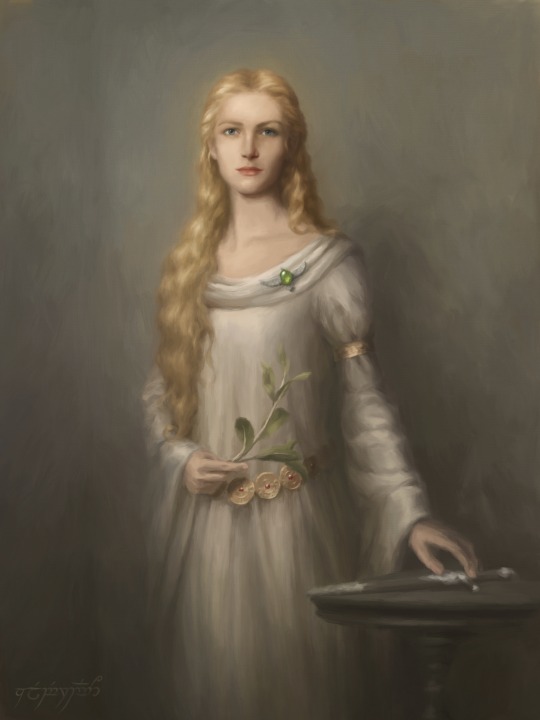
Galadriel wearing the Elessar
“For Galadriel Celebrimbor made the greatest of his works (save the Three Rings only) ... Wielding the Elessar all things grew fair about Galadriel, until the coming of the Shadow to the Forest.” (Unfinished Tales)
Painted by Celebrimbor in universe
#galadriel#lotr#silmarillion#lord of the rings#tolkien#celebrimbor#elfstone#unfinished tales#the version where Celebrimbor was in love with Galadriel and made the Elfstone for her#fanart#inspired by john singer sargent
2K notes
·
View notes
Photo
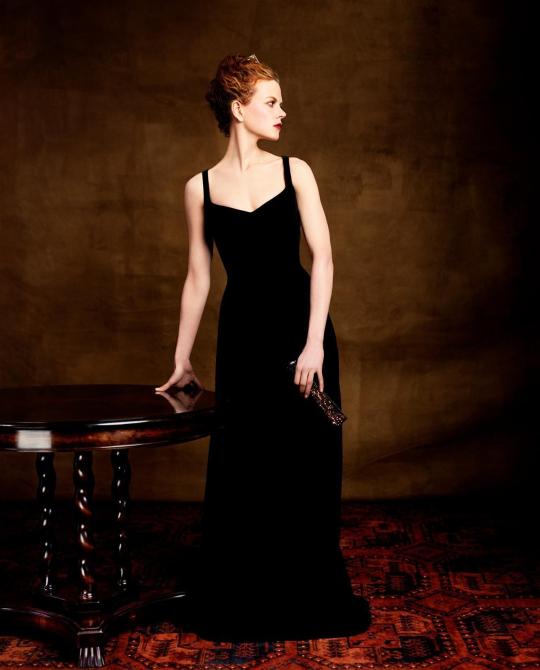
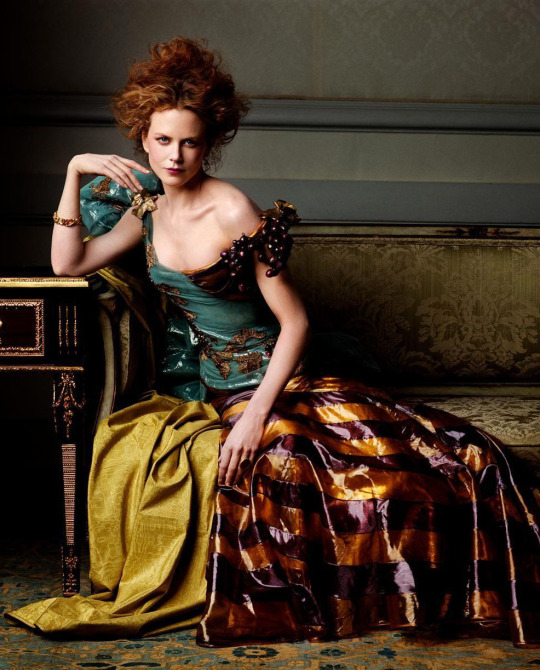
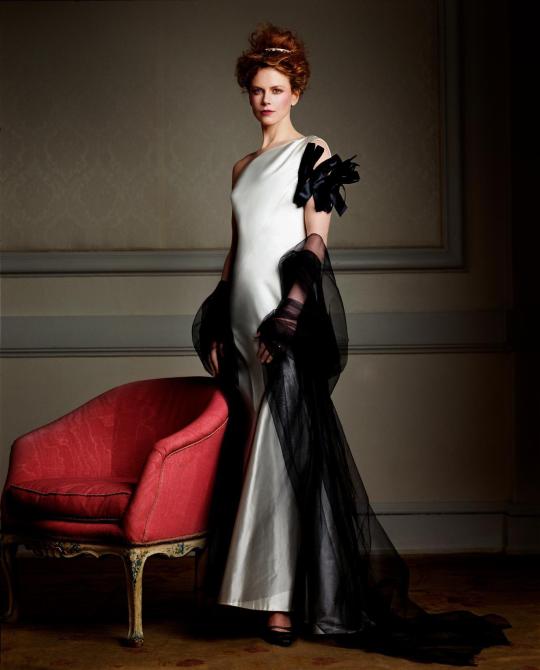
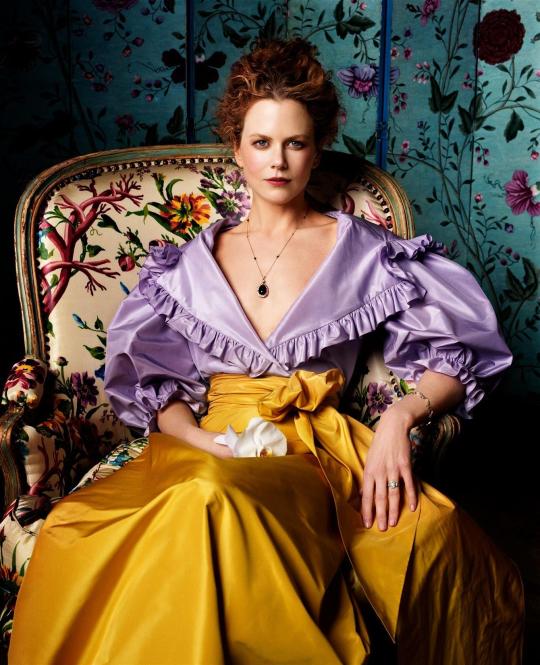
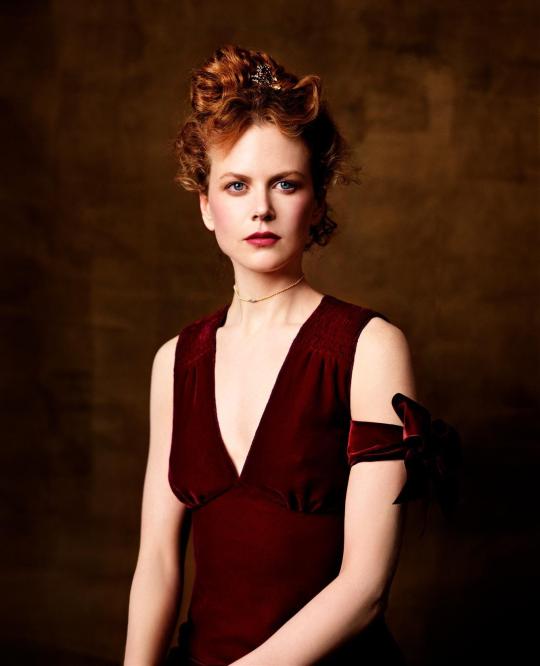
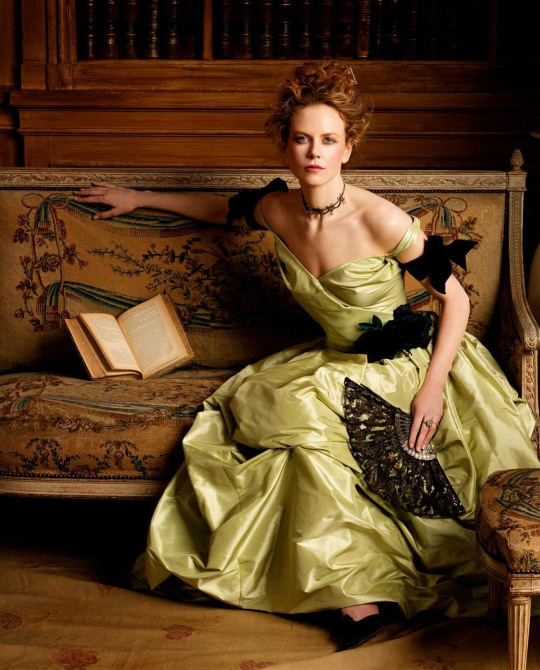
Nicole Kidman recreates John Singer Sargent paintings for Vogue by Steven Meisel, June 1999
#Nicole Kidman#John Singer Sargent#Vogue#US Vogue#Steven Meisel#MET Gala#Something to inspire before tonight's Gala
1K notes
·
View notes
Photo

Based on Singer Sargent’s portrait of Elsie Wagg
#historical fashion#1890s fashion#victorian fashion#john singer sargent#my art#Expect more Singer Sargent inspiration in the coming days#I'm back to drawing while in lecture#and I have have a few of his paintings lined up as references#this one didn't take long at all#I only started it yesterday so it must have taken about 8 hours?#perks of no lace jewels or flowers
56 notes
·
View notes
Text

The awesome foursome at Night Island as requested by @faerywhimsy. Danny just got out of the shower and the evening is about to get steamy. 😏
(This time I got a little bit of help from John Singer Sargent's The Misses Vickers)
#interview with the vampire#loustat#loumand#devil's minion#night island polycule#lestat de lioncourt#louis de pointe du lac#armand#daniel molloy#queen of the damned#vc fanart#john singer sargent#inspired by#art request#faerywhimsy
60 notes
·
View notes
Text
if you haven’t already read this, do so. It is a painting in words… I mean, it is A beautiful story, with angst, based on a real painter and his works and his tribulations. Damen is the painter. Laurent is his muse. Will they ever get around the constraints posed on them by 19th century proprieties and aristocracy?
#captive prince#laurent captive prince#damen captive prince#laurent x damen#painter#portrait of madame X#john singer sargent inspired
18 notes
·
View notes
Text

This painting keep popping up in my mind (and many other gardeners too), John Singer Sargents "Carnation, Lily, Lily, Rose". You can smell it, I want a corner like this in the garden too. I want to sit there at night (not get eaten by mosquitoes) with a cup of tea and a good friend.
0 notes
Text
Madame X and more: the Sargent story
What the ‘Salon’ system in Paris (Salon de Paris) did to John Singer Sargent is pretty amazing. The American painter, born in Firenze (Florence), lived all over Europe while with his bad-ass mother who took him and his sister, Emily, to museums and art galleries from the minute they could as much hold a brush or a pen. The rest is history.
I’ve been dying to see his ‘Madame X’ for a while now,…
View On WordPress
#America#American#Art#Artists#beauty#Henry James#inspiration#John Singer Sargent#lainting#Manhattan#New York#Painters#Paris
0 notes
Text
Discovering the Power of Reserve
Discovering the Power of Reserve
I have spent hours in Gallery 69 at the National Gallery of Art over the past three years. The conversation between the Sargents, the Whistlers, and the Eakins inspires me. The seminal Whistler Painting Symphony in White, a portrait of Joanna Hiffernan, is currently in London, along with other paintings Whistler made with Hiffernan as a model. It will return along with those other paintings in…

View On WordPress
0 notes
Text


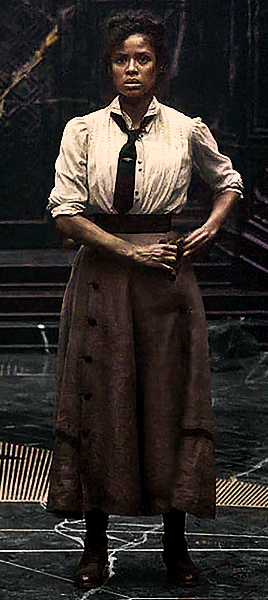
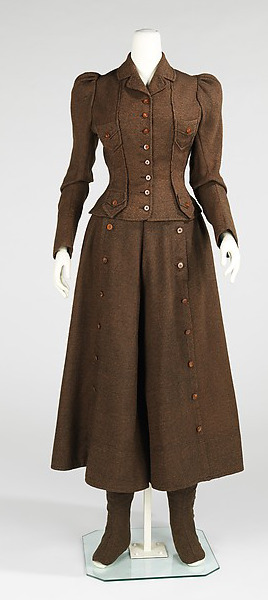

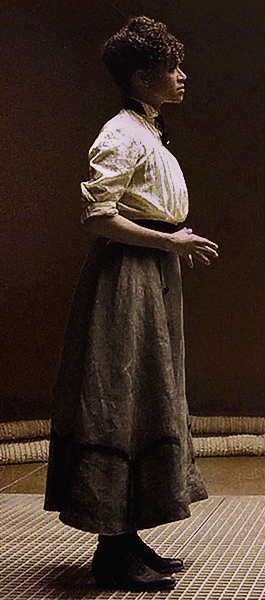

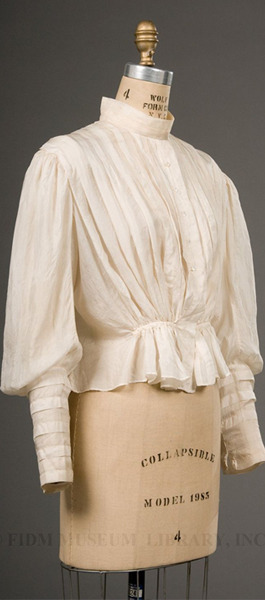




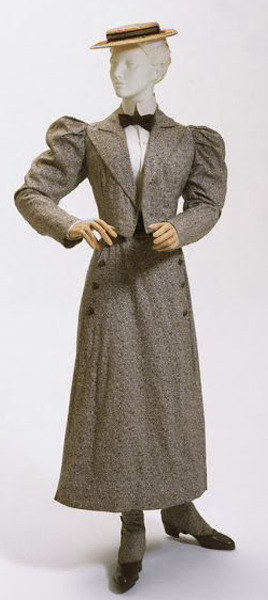
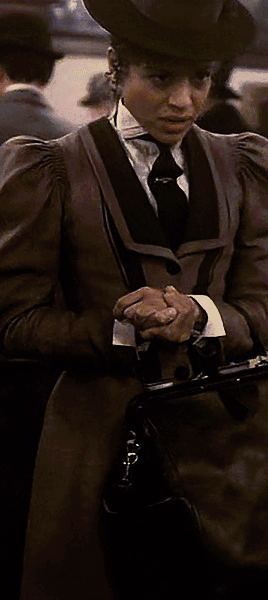
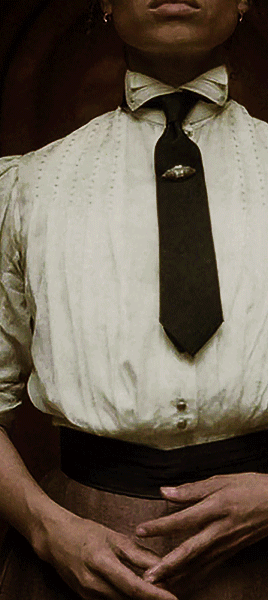
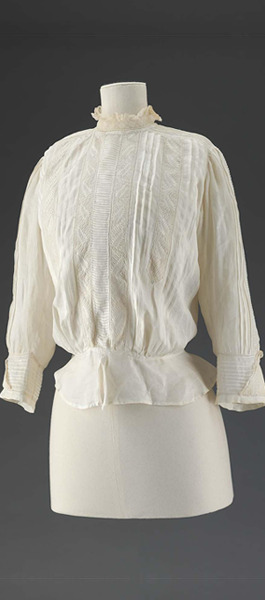
Ravonna Renslayer's 1893 Biforcated Walking Suit inspiration (inspo)
Unknown African American Woman, early 1890s. Private Collection.
Brown Wool Cycling Costume with Divided Skirt, c. 1896-1898, American, The MET.
Mr. and Mrs. I. N. Phelps Stokes, 1897. John Singer Sargent, American. The MET.
Shirtwaist, 1890-99. FIDM Museum.
Young African American woman posted standing with umbrella, c. 1890. American, Missouri State Museum.
Plaid Wool Walking Suit, 1898. American, The Delineator.
Cycling Suit, c. 1896. Philadelphia Museum of Art.
Women's Blouse, 1900-15. French, Madame Regnier. MFA, Boston.
#lokiedit#loki#mcuedit#mcu#ravonna renslayer#periodcostume#costume#costumeedit#mcu loki#avengersdaily#tvandfilm#tvandmovies#dailymarvelstudios#dailymarvelgifs#dailymarvelqueens#lokitvedit#marveledit#tvedit#gugu mbatha raw#gugumbatharawedit#*#i'm really pleased with this one#userjanice#usermaria#userhollywood#mcufam#marvellegends#marvelladiesdaily#marvelladiesedit
360 notes
·
View notes
Text
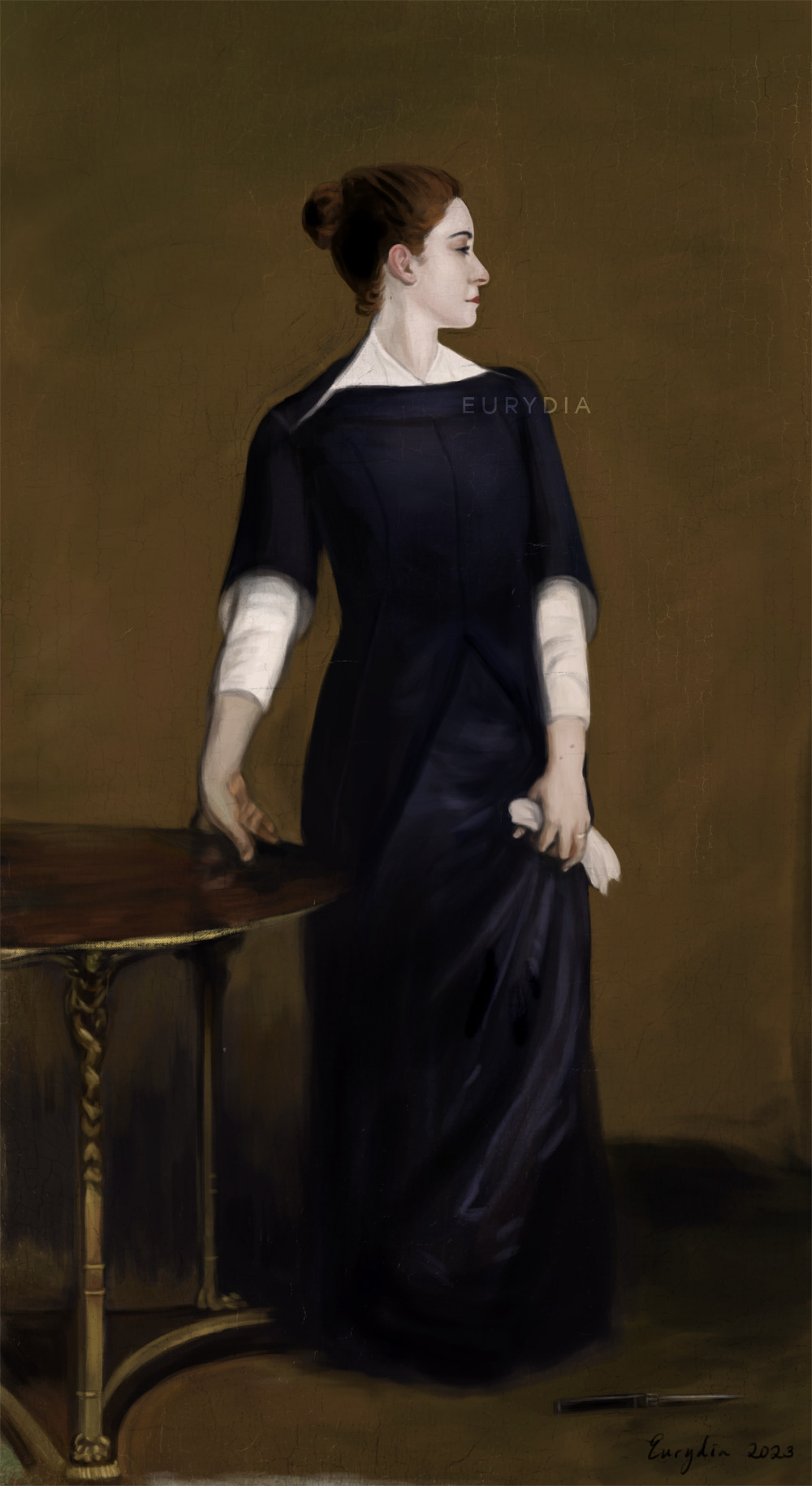
Madame K, after John Singer Sargent's Madame X
details, progress, and notes below
Sargent is one of my main art inspirations. I've always wanted to do a master study of his iconic portrait, but decided to add a Star Wars spin to it ✨
I love painting Kleya and thought she would fit with this portrait! her dress by Michael Wilkinson is so elegant and iconic. I think the description of the original painting also fits her well: "Sargent shows a woman posing in a black satin dress with jeweled straps, a dress that reveals and hides at the same time."
I thought it was an interesting choice that Kleya's red, "disguise" outfit stands out more than her gallery one, while Luthen's outfits are the opposite. almost like she's hiding in plain sight.
I kept the ring as part of my Kleya/Luthen AU.

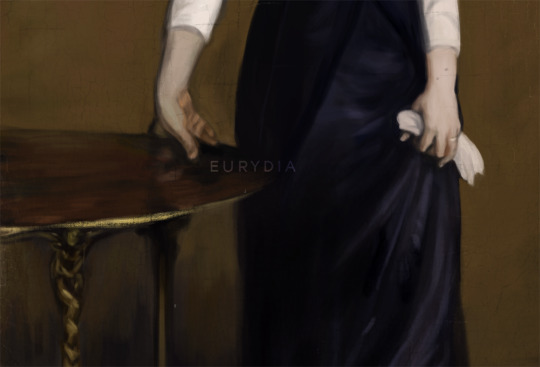
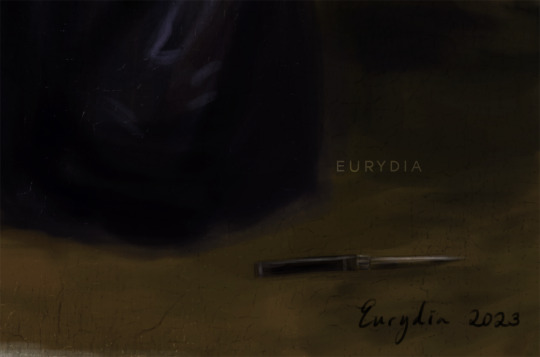
progress:
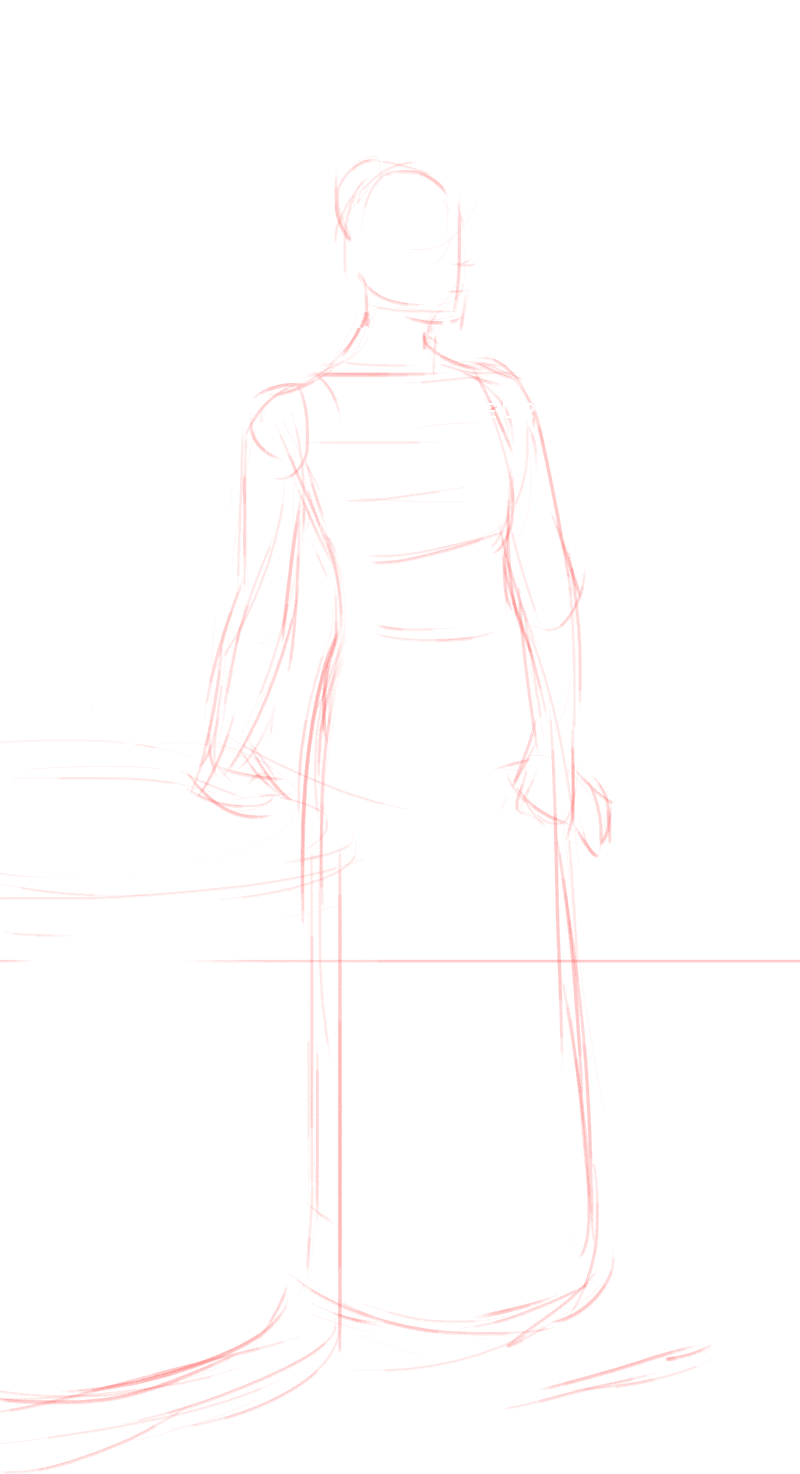
#kleya marki#andor#andor fanart#sw fanart#sw andor#star wars#john singer sargent#madame x#i'm really proud of this and how it turned out <3#looove the gallery motif for her and this dress#can't wait to see more outfits too in the future#andor singer sargent
207 notes
·
View notes
Photo

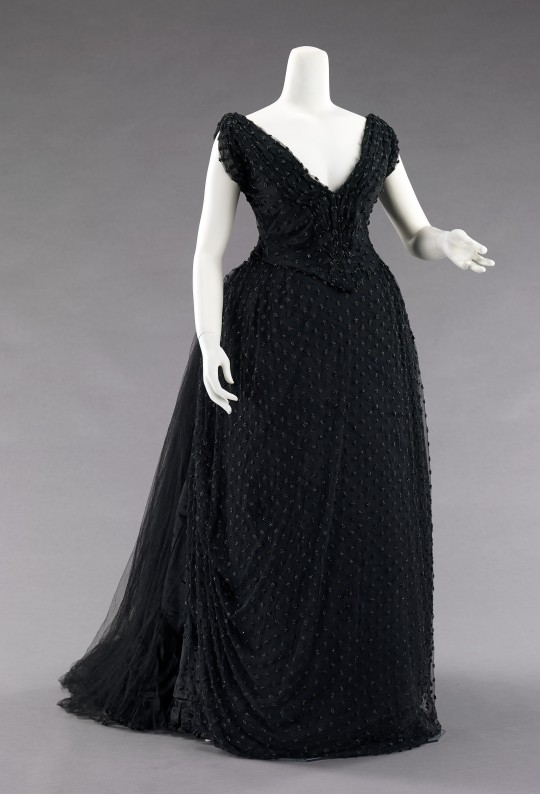


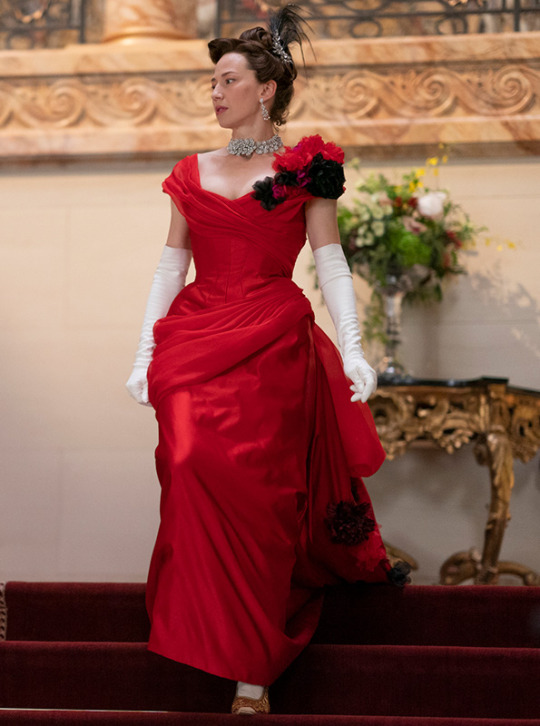
WHAT I WOULD HAVE WORN TO THE MET GALA: Some Inspiration
1) Portrait of Madame X by John Singer Sargent
2) Evening dress by Hoschedé Rebours, c.1885 (MET Museum)
3) Evening Dress by Charles Fredrick Worth, c.1898-1900 (MET Museum)
4) Evening Dress by Girolamo Giuseffi (Indianapolis Museum of Art)
5) Carrie Coon in The Gilded Age, Costume design by Kasia Walicka-Maimone
2K notes
·
View notes
Photo

In addition to my normal Sandman thoughts, I’ve been having plenty of thoughts about Macbeth lately, so here’s Morpheus as inspired by one of my favourite paintings, Ellen Terry as Lady Macbeth by John Singer Sargent
222 notes
·
View notes
Text
The Language of Flowers 💐
The language of flowers, also known as floriography, is a symbolic language that uses flowers to communicate messages, feelings, and emotions. It has been used throughout history as a way to convey sentiments that were considered too delicate or inappropriate to be expressed directly.

The origins of floriography are somewhat unclear. However, it is believed to have become popular in the Western world during the Victorian era, which lasted from the mid-1800s to the early 1900s.
During this time, it was considered improper for people to express their feelings directly, especially when it came to matters of the heart. As a result, people turned to flowers as a way to convey messages of love, friendship, and other emotions. Floriography quickly became a popular way to communicate sentiments through the use of flowers, with different flowers and colors representing specific meanings and messages.
It is thought that the practice of floriography was influenced by earlier cultures, including the ancient Greeks, who associated certain flowers with their gods and goddesses, and the Persians, who used flowers as symbols in their poetry.
Today, the language of flowers continues to be used as a way to communicate emotions and messages, although it is not as widely practiced as it was during the Victorian era.

Here are some specific examples of floriography in paintings during the Victorian era:
"Ophelia" by John Everett Millais - This famous painting depicts the character Ophelia from Shakespeare's "Hamlet" floating in a river surrounded by flowers. The flowers in the painting, including daisies, violets, and pansies, are believed to have been carefully chosen to represent specific emotions and messages. For example, the daisies symbolize innocence and purity, while the pansies represent love and remembrance.
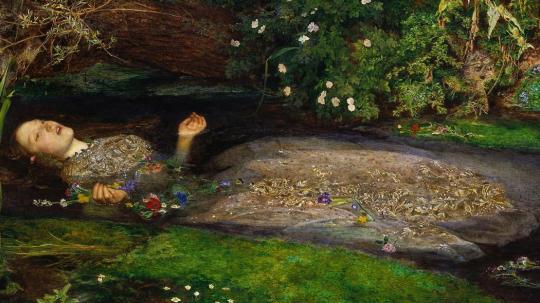
"Flowers in a Glass Vase" by Édouard Manet - This still life painting features a variety of flowers, including roses, lilacs, and daisies, arranged in a glass vase. Each flower in the painting is carefully placed and arranged to convey a specific meaning, with the roses representing love and the lilacs symbolizing first love.
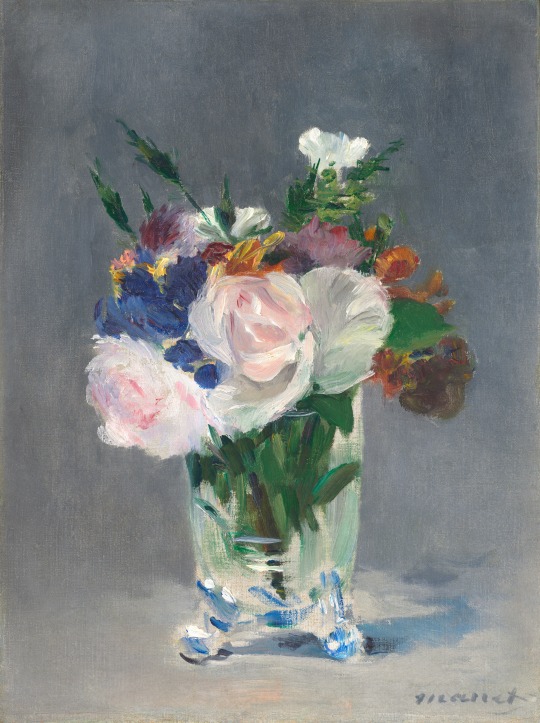
"Carnation, Lily, Lily, Rose" by John Singer Sargent - This painting features two young girls holding lanterns among a garden of flowers, including carnations and lilies. The painting is believed to have been inspired by the language of flowers, with the carnations representing fascination and the lilies symbolizing purity and innocence.

"Irises" by Vincent van Gogh - This painting features a bouquet of irises, which were believed to represent faith and hope during the Victorian era. The bright colors and bold brushstrokes in the painting were meant to convey a sense of joy and optimism.

"The Roses of Heliogabalus" by Lawrence Alma-Tadema - This painting depicts the ancient Roman emperor Heliogabalus suffocating his guests with a rain of rose petals. The roses in the painting are believed to have been chosen for their symbolic meanings, with the red roses representing passion and the white roses representing innocence.

I hope you've enjoyed this post.
xoxo
J.
#flowers#language of flowers#floriography#art#art lover#victorian art#victorian era#painting#Lawrence Alma-Tadema#van gogh#Vincent van Gogh#John Singer Sargent#Édouard Manet#John Everett Millais
132 notes
·
View notes
Text
“New Women” and Stoker’s Theatre Job
Given Bram’s “New Woman” rant at the end of Mina’s 10 August diary entry, now seems like a good time to discuss two of the great actresses of the Fin de Siècle stage!
First of all, we have Ellen Terry -- onstage partner to (you guessed it) our pal Henry Irving, and probably most widely recognizable in this John Singer Sargent painting of her as Lady Macbeth.
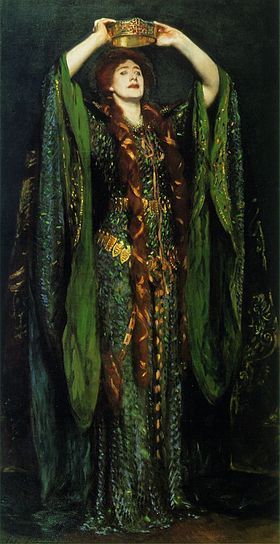
While the beetle-wing green dress deserved to be immortalized in all its stately glory, the tone of the portrait is actually very different from that of Terry’s Lady M -- she never crowned herself onstage, and the character was played with a much more “fragile” brand of late-Victorian femininity. Despite a scandalous private life (including two children born out of wedlock, gasp!) Terry’s public persona was aligned with a series of “virtuous” Shakespeare heroines (Ophelia, Cordelia, Desdemona, Portia, Beatrice, Imogen).
In 1878, when Henry Irving became manager of the Lyceum theatre (where Bram Stoker soon became business manager), he convinced Ellen Terry to join the company as his leading lady. Both actors were separated from their spouses (Terry from her second husband) at this point, so their partnership publicly mirrored that of earlier husband-wife leading pairs. At least officially, Irving dictated the company’s artistic choices, the casting, and Terry’s (record breaking) salary, and onstage, Lady M may have been evil, but she was also Macbeth’s perfectly loyal wife.

Ellen Terry’s Imogen (see the colorized edit of a publicity photograph above), opposite Henry Irving’s villainous Iachimo in 1896 is regarded by some as a key inspiration for Lucy Westenra (interesting article/abstract here and book chapter/summary here, apologies for the paywalls). Given that Iachimo creeps on Imogen while she’s asleep and then uses this encounter to threaten her life / accuse her of promiscuity, there are certainly some parallels to be had if you go looking for them.
Interestingly enough, however, when Stoker produced a staged reading of Dracula at the Lyceum in 1897 (in order to claim copyright over any future stage adaptation), Ellen Terry’s daughter, Edith Craig, played Mina. And Edith was very definitely a card-carrying, suffrage-supporting, queer and polyamorous New Woman. Fun fact: in the post-Lyceum phase of her career, Ellen Terry was actually a pretty active suffrage campaigner / fundraiser too. (And I suspect, if we were to carry Mina and Lucy forward to their hypothetical Dracula-free, untouched by Bram Stoker’s authorial misogyny futures, both of our heroines eventually would be too).
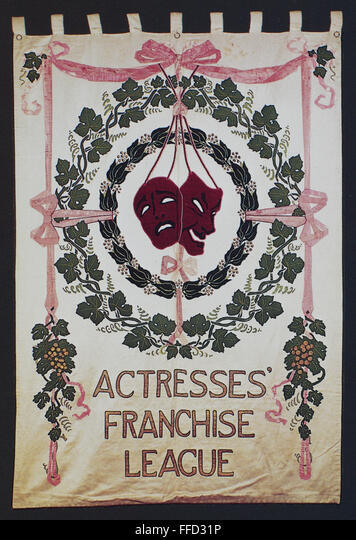
While we’re on the subject of the scandalous New Woman, however, the other late Victorian actress I cannot go without mentioning is the French sensation Sarah Bernhardt (who by the time Dracula was published had a substantial performance history in England and the US as well). A rough contemporary of Ellen Terry, Bernhardt, by contrast, cultivated her own reputation for the scandalous. Bernhardt quite intentionally broke gendered boundaries left right and center.
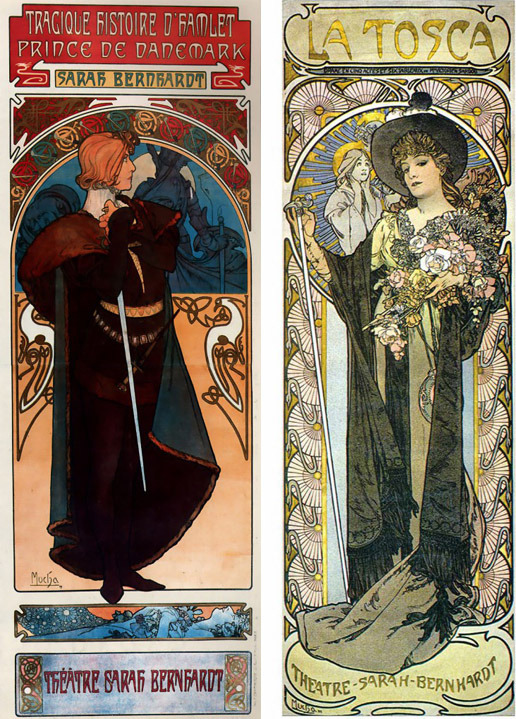
Visually, Bernhardt is perhaps most strongly associated with the art nouveau posters she commissioned (from artist Alphonse Mucha) for her theatre company in Paris - examples of 1899′s Hamlet and La Tosca are above. While there are also plenty of photographs of her as Hamlet (although far from the first woman to play the role, Bernhardt’s performance is one of the most famous) and in other promotional images, the photo I’d rather draw your attention to is this one:

Yes, that is a young Sarah Bernhardt lying asleep in a coffin -- a coffin which she is said to have traveled with and claimed to sleep in regularly. Quite the publicity stunt (and pre-Dracula too)! Other features of her eccentric public persona included traveling with a menagerie of wild animals -- including an alligator, at least one variety of big cat, and a number of lizards and/or chameleons.
Bernhardt was also a sculptor, and her Self-Portrait as a Chimera (circa 1880, below) notably features bat-like wings, instead of more traditionally feathered, bird-like ones.
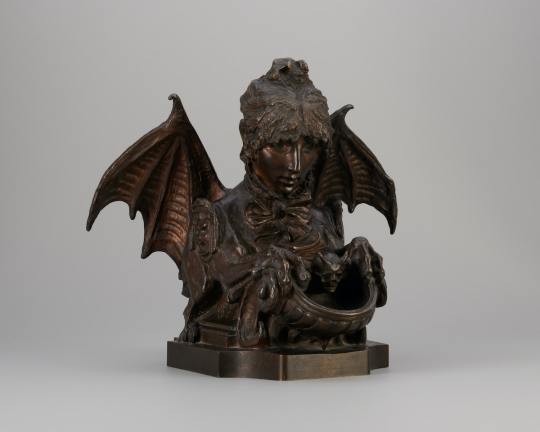
Which is to say, I think we’ve found another vampire!
#ellen terry#sarah bernhardt#Bram Stoker#our good friend henry irving#fin de siècle#the new woman (gasp!)#dracula daily#theatre history#shakespearean / stage manager reading dracula#cymbeline#hamlet#lady macbeth
585 notes
·
View notes
Text
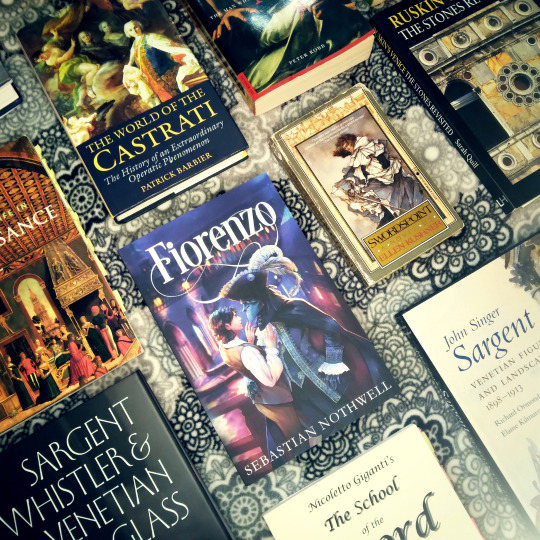
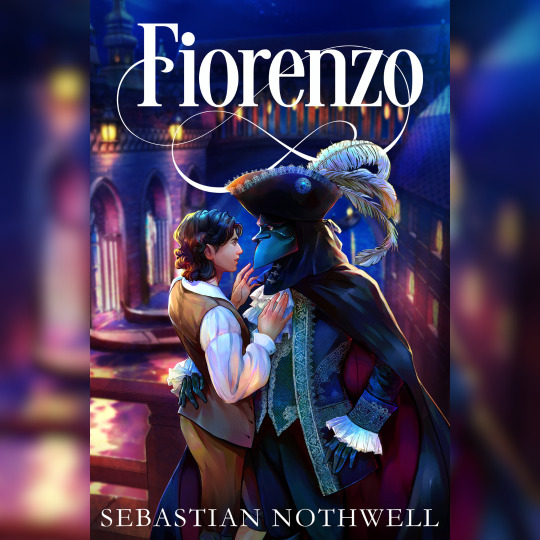
FIORENZO is a queer fantasy-of-manners romance featuring hurt/comfort, swordplay, and a happily-ever-after. And it’s finally out in paperback! Shown here with some of the books that inspired it.
The World of the Castrati by Patrick Barbier
Not just a thorough examination of individual castrati lives but also the operatic world that created them. Highly recommended, even (or especially) if you know nothing of opera.
Nicoletto Giganti’s The School of the Sword
A swordfighting guide by a fencing master of Renaissance Venice. This book, combined with As You Wish (see below) and Vico Ortiz’s Fencing 101 class proved absolutely essential to making the fight scenes in Fiorenzo possible.
M: The Man Who Became Caravaggio by Peter Robb
Come for the art history lesson about a queer Renaissance painter, stay for the tennis court castration duel.
Art and Life in Renaissance Venice and Private Lives in Renaissance Venice by Patricia Fortini Brown
While the general history of Venice was necessary (see below), the more specific focus of Brown’s books provided absolutely invaluable insight into the the day-to-day habits of Venice’s historical citizens.
John Singer Sargent: Venetian Figures and Landscapes, 1898-1913
Sargent’s mind-blowing skill with oil portraits is well known, but his watercolour sketches of cityscapes and Venice architecture are truly astounding in their mastery of light and form. Seeing the city through his eyes over a hundred years ago was wildly inspiring.
Sargent, Whistler & Venetian Glass
This was an incredible traveling exhibit of Venetian glassware, lace, and other amazing examples of skilled craft alongside paintings by American artists who drew inspiration from Venice in the late 19th and early 20th centuries. I had the good fortune to catch it as it came through Mystic Seaport in Connecticut. It also included an actual Venetian gondola (dry-docked, no felze) which gave me an invaluable sense of just how absolutely huge those things are.
As You Wish: Inconceivable Tales from the Making of The Princess Bride by Cary Elwes and Joe Layden
Invaluable insight into the training, choreography, and filming process for one of the greatest swordfighting scenes in cinematic history.
The Princess Bride by William Goldman
It’s a swordfighting romance. Enough said.
Swordspoint by Ellen Kushner
It’s a queer swordfighting romance. Enough said. (Although I have said far more.)
Ruskin’s Venice: The Stones Revisited by Sarah Quill
Venice through the eyes of a Victorian.
Venice: A New History by Thomas F. Madden
A general history of Venice was essential in creating Halcyon.
~
FIORENZO is a queer fantasy-of-manners romance featuring hurt/comfort, swordplay, and a happily-ever-after. Available now wherever fine books are found!
Amazon • Apple Books • Barnes & Noble • Bookshop.org • Kobo • Smashwords
#fantasy of manners#john singer sargent#caravaggio#venice#fiorenzo#mannerpunk#swordspoint#the princess bride#queer romance#mm romance#gay romance#historical romance#historical fantasy#romantasy#sebastian nothwell
40 notes
·
View notes
Text

Portrait of Vivienne Westwood by Christian Shambenait
It took me a few days, but with the death of icon-goddess-genius Vivienne Westwood, I had to make a post here about her work and how massively influential she was during her lifetime, and why her influence will remain for years to come.
"I take something from the past that has a sort of vitality that has never been exploited – like the crinoline – and get very intense. In the end you do something original because you overlay your own ideas." Vivienne Westwood
Born in 1941 in Tintwistle, Cheshire, Vivienne Westwood (nèe Swire) did not have a "traditional" path into fashion and design, even though she took a course of jewellery at the Harrow Art School (she thought it was not for her, being a working-class girl), she became a primary school teacher and got married with Derek Westwood, had a kid... But she was a maker of things and a creative mind, and made her own wedding dress and jewellery that she sold at a stall.

Malcolm McLaren and Vivienne Westwood at the Let It Rock store (London, January 1972).
But all of that was about to change when she met Malcolm McLaren. She got divorced, moved with him and had another son. McLaren became the manager of the Sex Pistols and with Westwood, they became a creative duo who dressed the band and became VERY influential during th punk era. We must add the after that they opened a store called SEX, which was the meeting place for the punk scene in London in the 1970s. So, yeah. punk wouldn't look like it does without Vivienne Westwood.
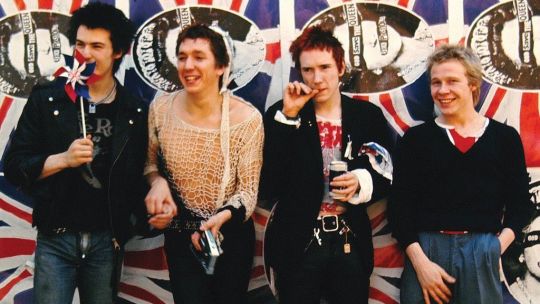
"Vivienne and Malcolm use clothes to shock, irritate and provoke a reaction but also to inspire change. Mohair jumpers, knitted on big needles, so loosely that you can see all the way through them, T-shirts slashed and written on by hand, seams and labels on the outside, showing the construction of the piece; these attitudes are reflected in the music we make. It's OK to not be perfect, to show the workings of your life and your mind in your songs and your clothes."
Viv Albertine
This era of Westwood's design has a lot of collaboration, especially with McLaren, and they produced under the Worlds End label until 1985. These collections have each a theme and a name, and here is when we star seeing Vivienne Westwood's eye and curiosity for historical fashion, as well as nods and details especially from the 18th and 19th centuries. Of course, it was the 80s and all was way more colourful than what we thing of more contemporary Vivienne Westwood, but you can see that EVERYTHING was already there in the period which she dubbed as "New Romantic" with collections like Witches, Punkature, and Pirate.
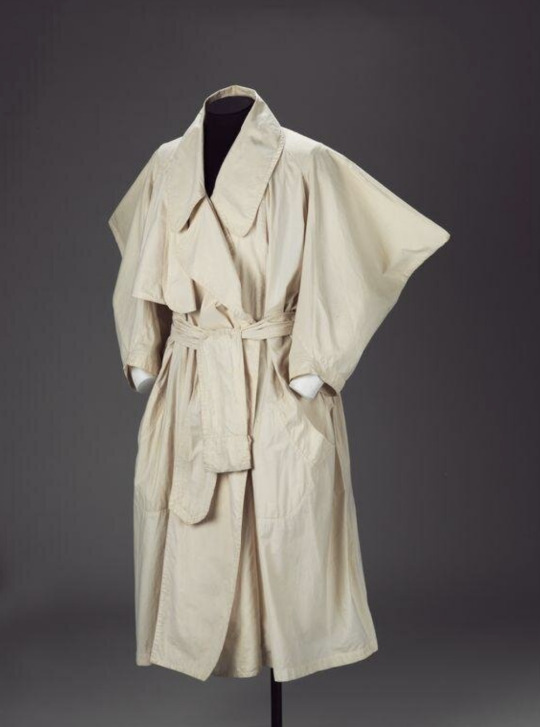

Raincoat and belt, from the 1983 Witches collection, Victoria & Albert Museum.

Ensemble from the 1982 Pirates collection, Victoria & Albert Museum.

Knitted top from the 1983 Witches collection, featuring Keith Haring's graffiti.
The 1988-1991 era is called "The Pagan Years", and we can see the change of the main looks from punks to girls in clothes that parodied the upper class. And it is then that I think the ultimate Vivienne Westwood is seen: corsets, crinolines, tartan, colourful stripes... Here is when we begin to see the historical references taken to a extreme, mixed with the modern word and sense of humour, while always being perfectly made and patterned and fun for all genders.
Here some of my favourite ones:
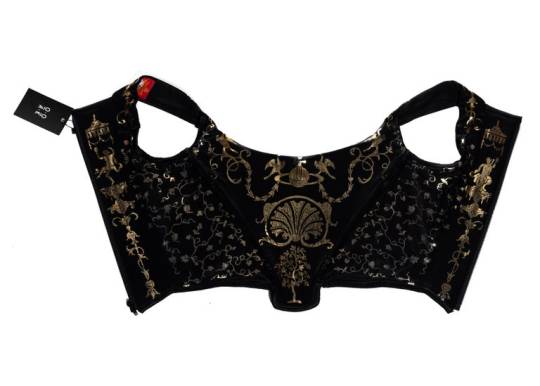

Vivienne Westwood black satin corset with metallic gold pattern, ss 1992
Stays, late 17th-early 18th century, Met Museum.

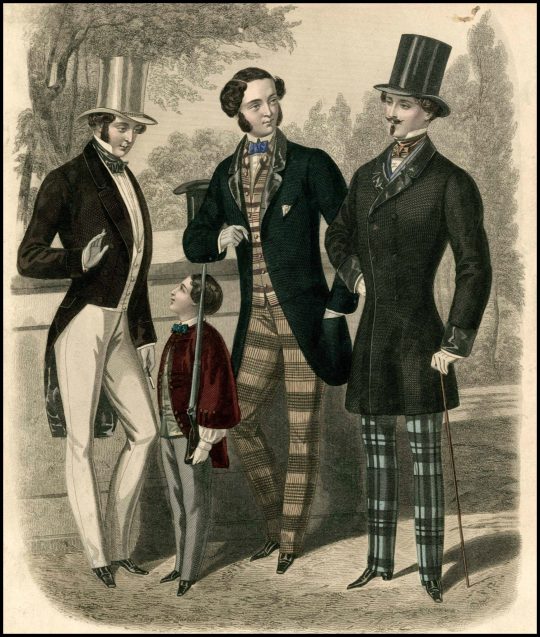
Vivienne Westwood autumn/winter 2020.
Fashion illustration on L’Elegant, 1853.


Carmagnole Jacket, France, c. 1790 / Sans-culotte Trousers, France, c. 1790, Los Angeles County Museum of Art.
Vivienne Westwood, autumn/winter 2021.
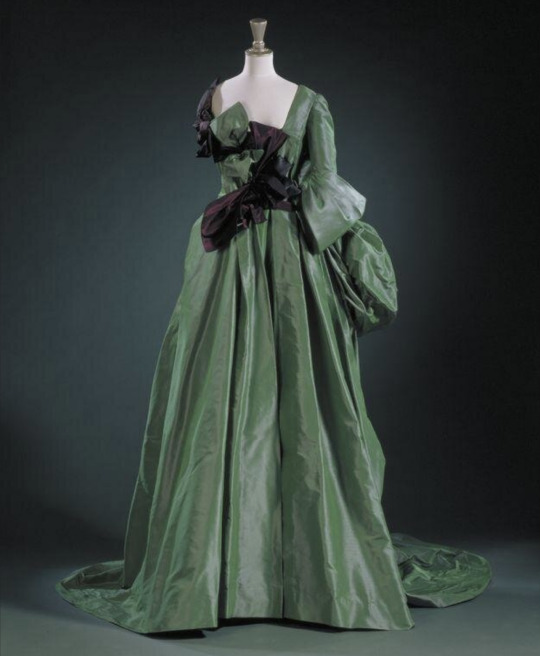


"Watteau" evening dress, 1996, Vivienne Westwood, Victoria & Albert Museum.
"L’enseigne de Gersaint" (detail), Jean-Antoine Watteau.
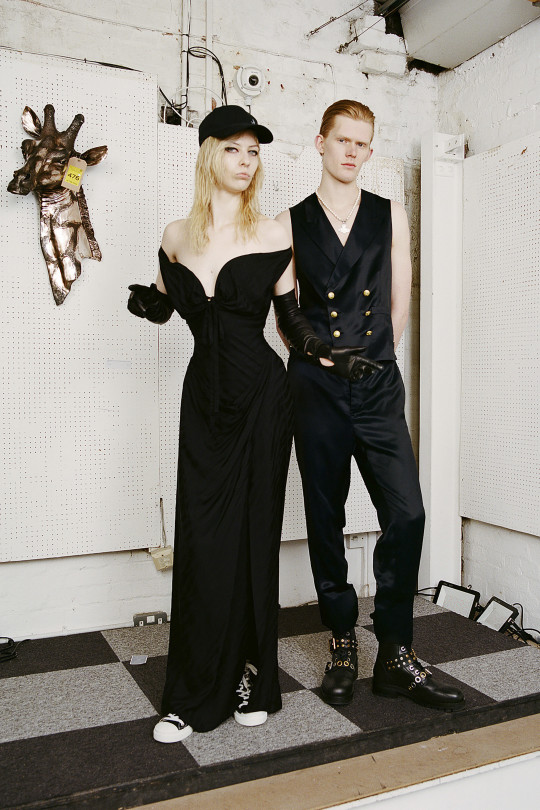

Vivienne Westwood, autumn/winter 2022.
Portrait of Madame X, 1884, John Singer Sargent.
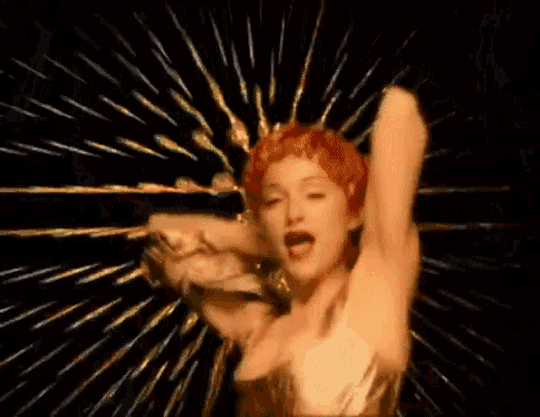


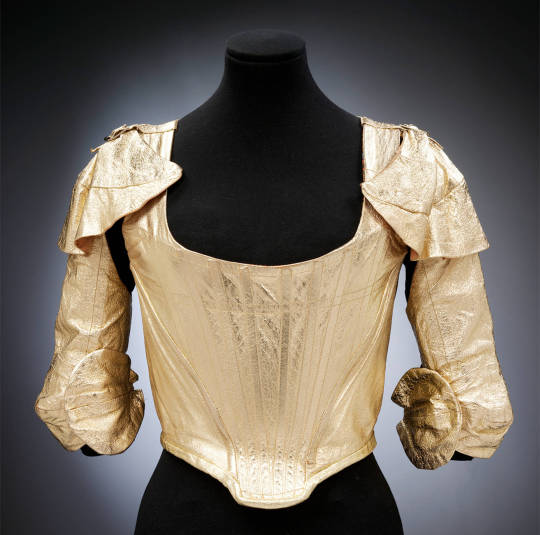
Madonna in her Fever video, 1993, wearing Vivienne Westwood.
Gold leather corset, sleeves and mini skirt, 'Time Machine' ss 1988, Vivienne Westwood.
Always a creative force and a punk at heart, Vivienne Westwood was also an activist, putting front and center important causes like climate change, or sustainability and transparency in the brand's supply chain.

Rose McGowan walking the autumn/winter 2019 Vivienne Westwood catwalk.

Designer Vivienne Westwood looks through the glass toward the media during a photocall at a retrospective exhibition to celebrate her 30 years in the fashion industry, at the Victoria and Albert Museum in London, Tuesday March 30, 2004.
What is your favourite look/garment of this iconic designer? And does it have an historical reference? Let us all know!
198 notes
·
View notes